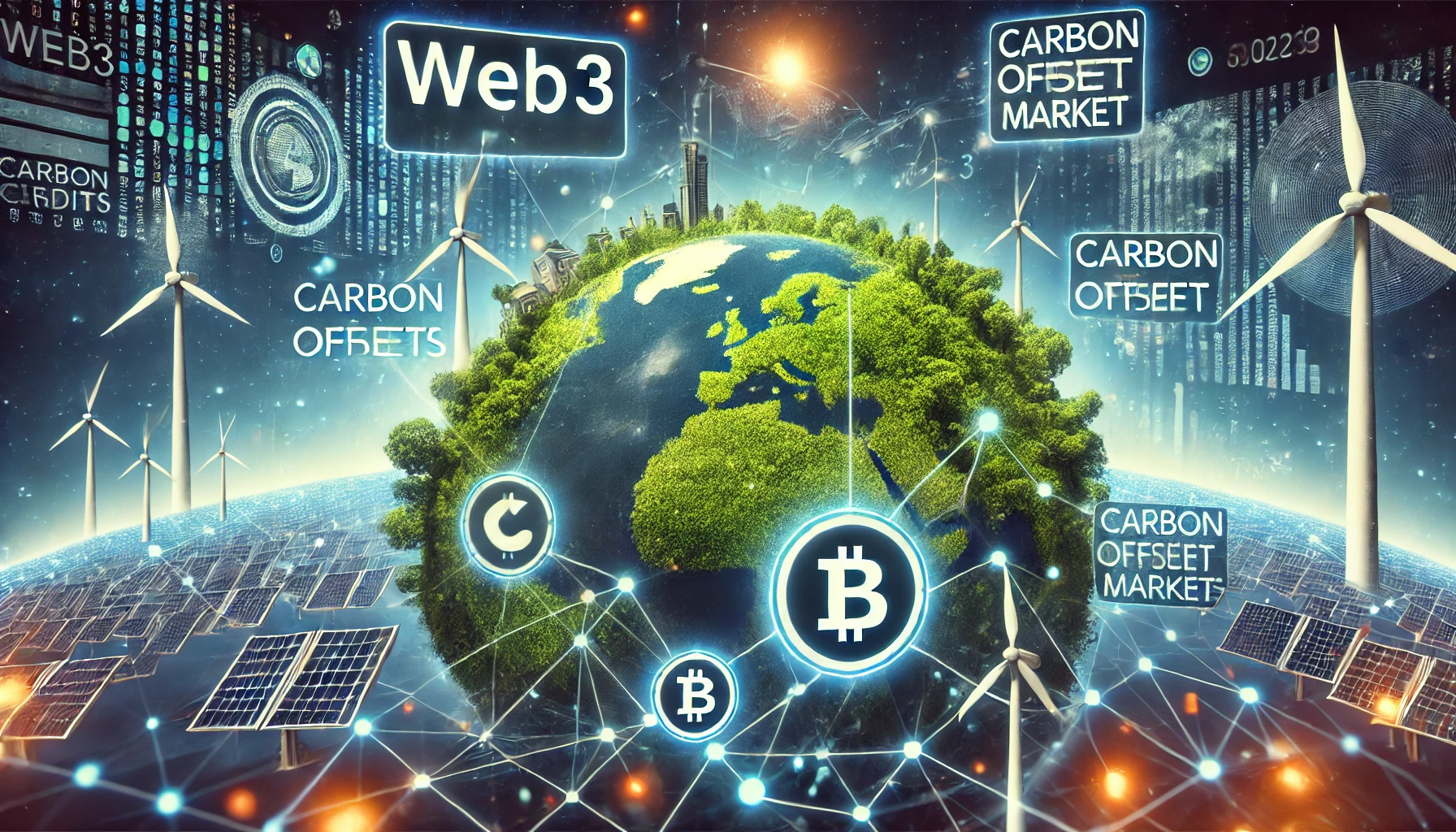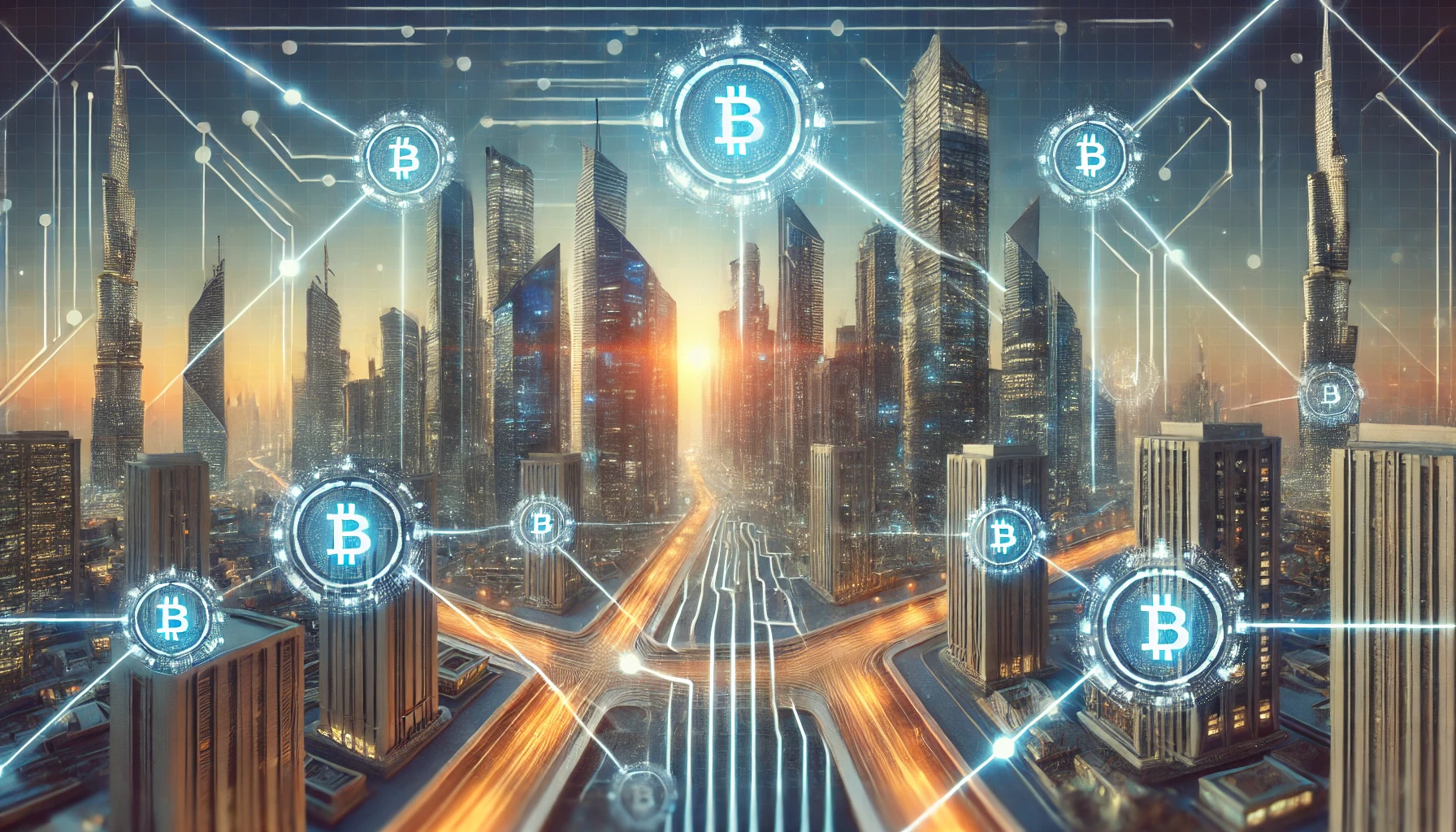As the world intensifies efforts to combat climate change, the carbon offset market has emerged as a crucial mechanism for reducing greenhouse gas emissions. However, traditional carbon credit markets suffer from issues such as lack of transparency, inefficiencies in verification, and limited accessibility. Web3 technologies, particularly blockchain, are now revolutionizing the space by providing decentralized, transparent, and efficient solutions for trading carbon credits. This article explores the Web3 framework in carbon offset markets and presents a case study of its real-world application.
Web3 and Its Role in Carbon Markets
Web3 refers to the decentralized internet powered by blockchain and smart contracts. By leveraging these technologies, the carbon offset market can benefit in multiple ways:
- Enhanced Transparency
- Blockchain records all carbon credit transactions immutably, ensuring trust and eliminating fraudulent claims.
- Decentralized registries provide real-time tracking of credit ownership and retirement.
- Efficient Verification
- Smart contracts automate verification and settlement processes, reducing administrative costs and delays.
- IoT devices and AI can be integrated with blockchain to provide real-time emissions data, ensuring accurate carbon credit issuance.
- Improved Accessibility
- Tokenization allows fractional ownership, enabling small businesses and individuals to participate in carbon offset initiatives.
- Decentralized exchanges facilitate peer-to-peer trading of carbon credits without intermediaries.
A Case Study: Toucan Protocol
One of the most promising Web3 initiatives in the carbon offset market is Toucan Protocol. The platform utilizes blockchain technology to create tokenized carbon credits, making carbon markets more transparent and liquid.
How It Works:
- Carbon credits are bridged onto the blockchain, where they are tokenized into digital assets.
- Users can trade these tokenized credits on decentralized exchanges (DEXs).
- Companies can retire tokenized carbon credits on-chain to prove their commitment to sustainability.
Challenges and Considerations
While Web3 integration presents transformative potential, challenges remain:
- Regulatory Uncertainty: Governments are still defining legal frameworks for blockchain-based carbon trading.
- Adoption Barriers: Traditional organizations may be hesitant to shift from legacy systems to decentralized models.
- Scalability Issues: Blockchain networks must handle high transaction volumes without compromising efficiency.
Web3 is reshaping the carbon offset market by enhancing transparency, efficiency, and accessibility. While challenges exist, ongoing innovation and regulatory clarity will determine the full potential of blockchain in sustainability efforts. As platforms like Toucan Protocol demonstrate, Web3 can play a pivotal role in ensuring a more accountable and effective global carbon market.




